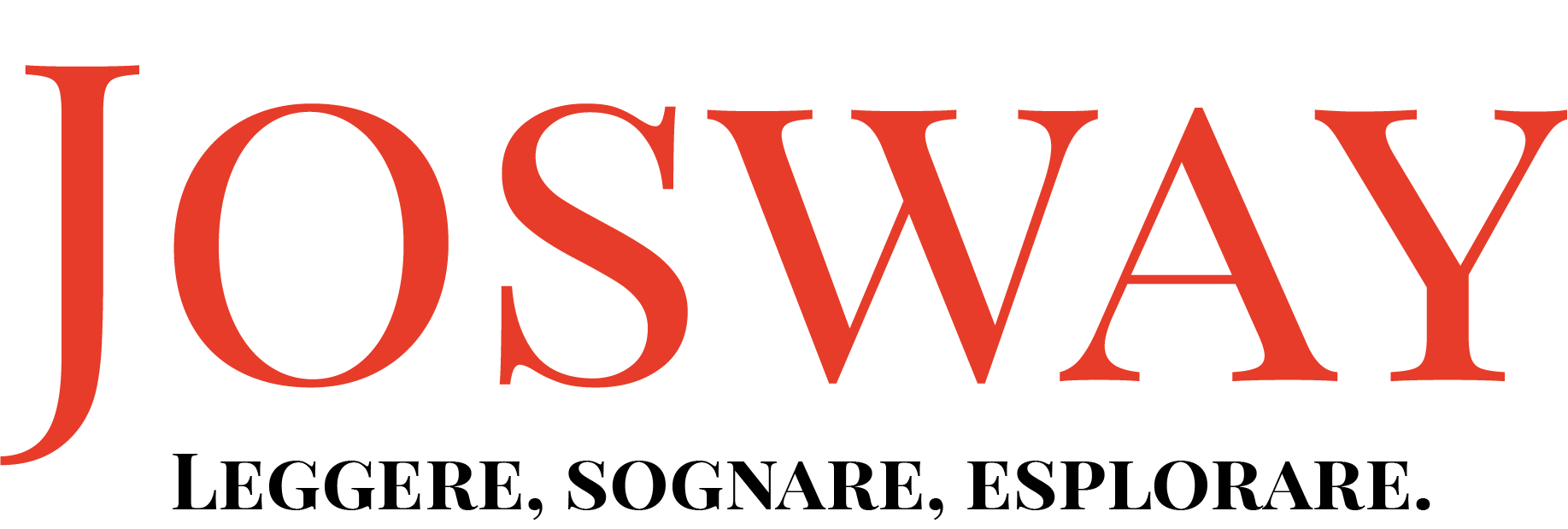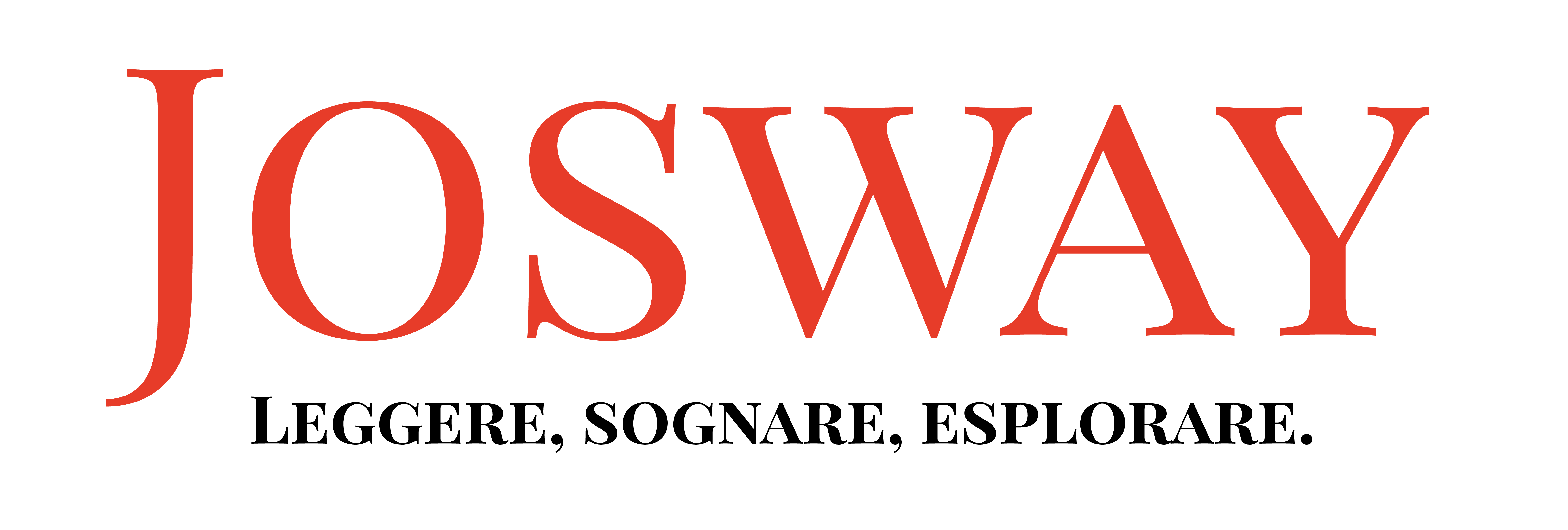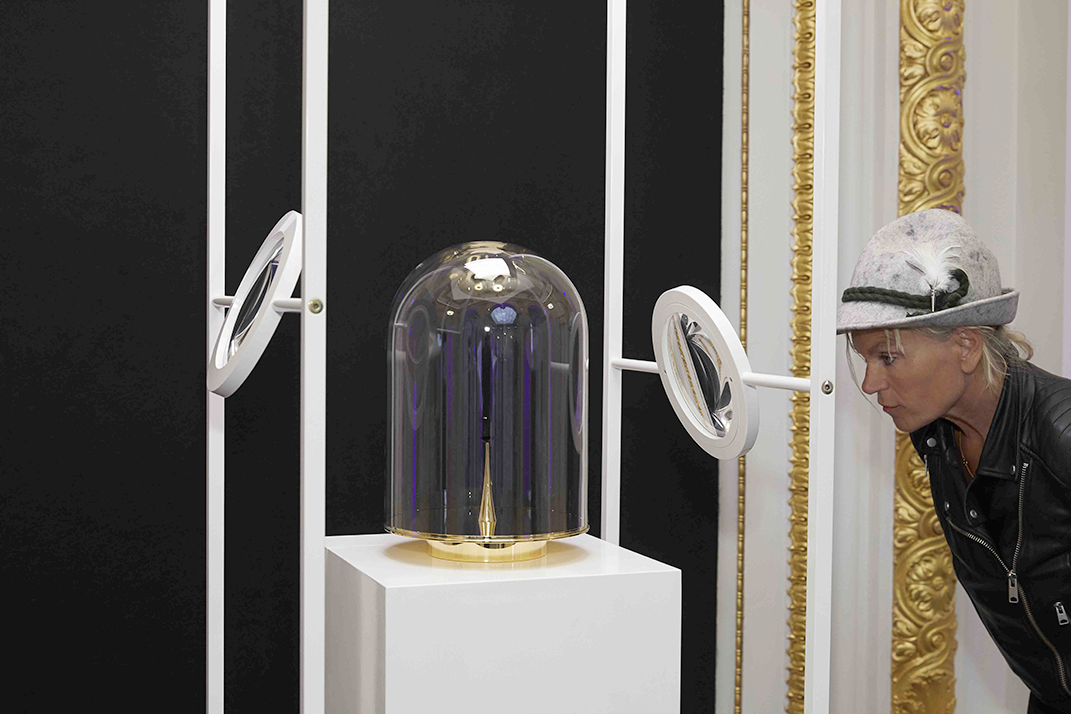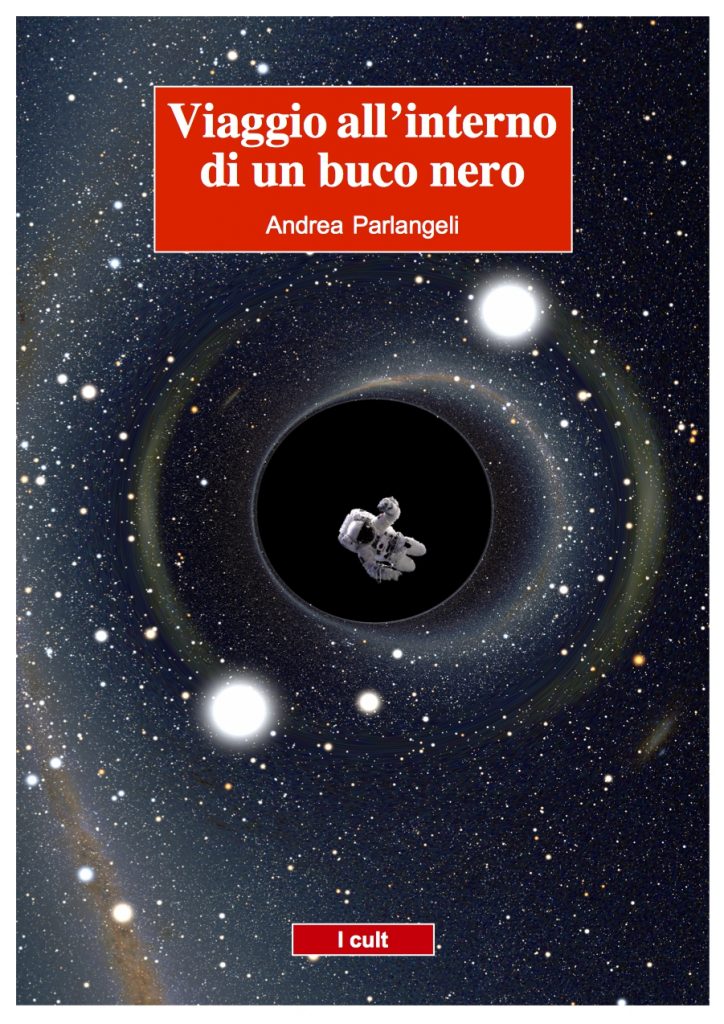L’abbiamo incontrata in occasione di un post recente per la nostra rubrica di Arte&Scienza, e non abbiamo resistito alla tentazione di intervistarla, per esplorare il suo punto di vista. Diemut Strebe è un’artista concettuale nata a Berlino. È stata a lungo anche in Italia, ma ora vive a Boston (Stati Uniti), dove è artista-in-residence del Massachussetts Institute of Technology. Qui, in un contesto multidisciplinare e altamente innovativo, ha contribuito alla scoperta del materiale più nero che esista, e lo ha trasformato in un’opera d’arte, The Redemption of Vanity, esposta alla Borsa di New York (NYSE). In quest’opera, all’interno di un tempio della finanza Strebe ha fatto scomparire un diamante da 16,78 carati e 2 milioni di euro dietro una patina ultra nera di nanotubi di carbonio.
I was born in Berlin and have lived in many different European places until I went to the United States. I studied art with a master degree, and western philosophy for a few semesters. I have lived in Genova for many years, and I love Italy, its lifestyle and language. Italy has been very inspiring for me, since it’s there that my interest to intertwine art and science began. I started out with a genetic engineering project on plants, on which I am still working with a researcher in Sweden: in the garden of my house in Genoa Nervi, I made several interesting experiments until I thought I should use science to engineer and realize my artistic vision, which was otherwise not possible to accomplish. This was the crucial moment that switched my whole idea of how to approach the arts.
At MIT you contributed to the discovery of the darkest material existing on earth. What fascinates you most in the ultimate black?
For any visual artist color is a substantial means of artistic expression. Ad Rheinhardt once said: “There is a black which is old and a black which is fresh. Lustrous black and dull black, black in sunlight and black in shadow”. He was obsessed with the color black and there have been before him radical experiments such as Malevich’s Black Square that formulated an extreme aesthetic statement on form and color in their own right.
On blackness I came from a different direction. To me, the main trigger has been the idea of the unification of the most extreme opposites in exposure to light. It was indeed this idea that caught my imagination in the very first place, when I read about the allotropes of carbon (diamond and the nanotubes used for the ultimate-black coating are made of the same element, carbon, and when an element exists in more than one crystalline form, those forms are called allotropes). One could see the project as a contemporary take on Heraclitus ideas on the opposite extremes united as “the way up is the way down”. He might have liked the project, since he was obsessed with this principle, as a first cause to the harmony of the cosmos.
“Science implicitly renders and outlines the shining appearance of the arts as illusionary and essentially false”
You are an artist who finds inspiration in science and closely works with scientists. What does science represent for you?
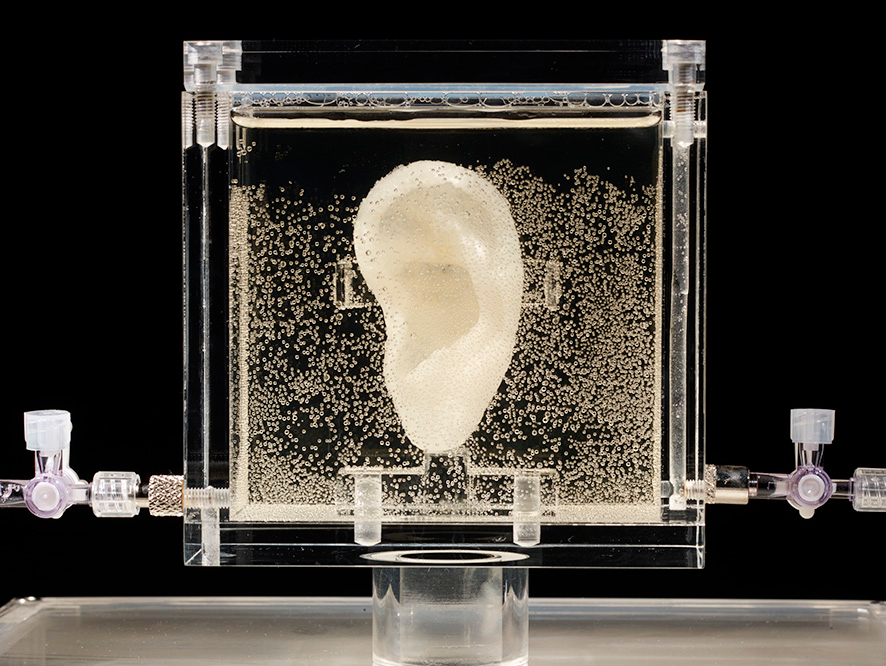
From the artist perspective, the work on the intersection of art and science is able to involve even highly specialized science into the social and aesthetic discourse. Focused on the advanced science of our era, I feel compelled to reaffirm the Romantic paradigm of “the new”, as well as the role of avant-garde art of the radical experiments of Classical Modern Art throughout the medium itself and its combination with the arts.
There are some very interesting aspects defining the discrepancy of art and science and defining each other at the same time. Science declines colors, smell, sound – which are the most profound aesthetic means – as having no ontological existence on their own right on any fundamental level. Science in this sense implicitly renders and outlines the “shining appearance” of the arts as illusionary and essentially false. Even what we call reality, time and space are turning out to be very elusive concepts in any current physical description. Science offers powerful theories that allow future prediction and profound understanding of the cosmos. But it shows at the same time the limitations in our understanding capacities.
“Even time and space are turning out to be very elusive concepts in any current physical description”
Both contemporary art and science present an alien picture of the world in respect to our common sense. In many ways scientific concepts as in relativity or quantum mechanics are much more extreme than any imagination had potentially ever taken us. Perhaps this is after all what fascinates me most.
What are the topics that you find more inspiring?
Truly everything can be inspiring! You can start with Danone yoghurts and you end up discovering the so called guide Rna, “sgRNA“ and the cutting protein Cas9, which identifies where and how to cut a genetic sequence with utmost precision on any desired spot to edit a Dna sequence aligned to any desired objective in principle.
Personally, I have a strong interest for physics, in particular for relativity and quantum mechanics. One particular reason for this is that the biggest and most challenging philosophical questions have shifted from philosophy to physics.
The Prayer is an art-installation by Diemut Strebe that tries to explore the supernatural through artificial intelligence (AI) with a long-term experimental set up. The machine generates prayers that are not prerecorded, but are generated by the AI. The work has been presented in the show Neurons, Simulated Intelligence at Centre Pompidou, Paris in 2020 (D. Strebe).
“Scientific concepts as in relativity or quantum mechanics are much more extreme than any imagination had potentially ever taken us”
Do you think that art can inspire science as well? How?
Of course, but this is increasingly difficult. I would say most seldom a Nature paper is triggered through an artistic concept.
In the Renaissance there has been a vivid exchange from the arts to the sciences, but science has been much less specialized than now and many tasks as documenting the anatomy of the human body or how to present the 3D structure of a space on a 2D surface through perspective means, needed drawing abilities, depicting nature faithfully.
At least from the 18th century on, art and science have been seen as profoundly opposing each other. The influence is mostly directed from the sciences into the arts. Technological invention has shaped this relationship as fundamental. Think about the role of photography or the invention of synthetic colors. Only in advanced physics maybe and math it seems that aesthetic features as “the simple and elegant equation” is tied to efficiency and truth values.
I was lucky to indeed inspire a scientific discovery in my artwork The Redemption of Vanity, through my collaboration with MIT. This work presents a 16.78 carat natural yellow diamond (Fancy Vivid Yellow SI1, Radiant shape, value $ 2.000.000,-) the most brilliant material on Earth covered with carbon nanotubes, the most light absorptive material (the blackest black on earth), which makes the diamond seem to disappear. The literal devaluation of a 2 million dollar diamond can be seen as a challenge to the art market and a statement on the arts by means of an aesthetic asceticism.
Per saperne di più
• Il post di Josway sul materiale più nero che esista.
• Il sito di Diemut Strebe, con tutte le sue opere, compreso un progetto portato sulla Stazione Spaziale Internazionale da Samantha Cristoforetti.
